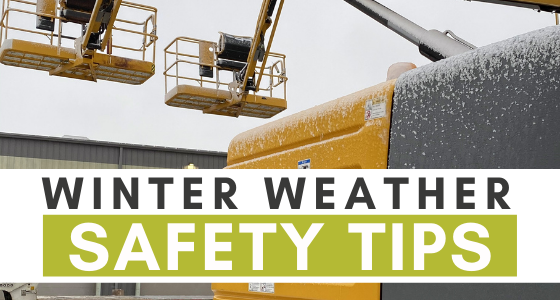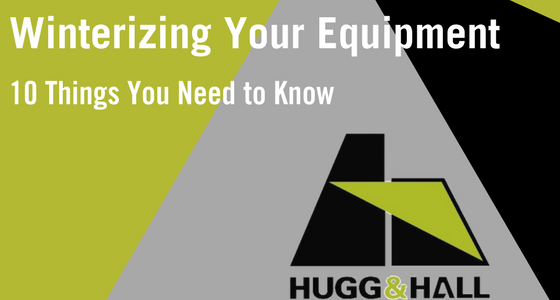
Winter Weather Safety
When winter weather strikes, it can damage your equipment and cause harm to your employees....

When winter weather strikes, it can damage your equipment and cause harm to your employees....

Even people who love winter don't love its impact on construction sites. Snow and freezing...